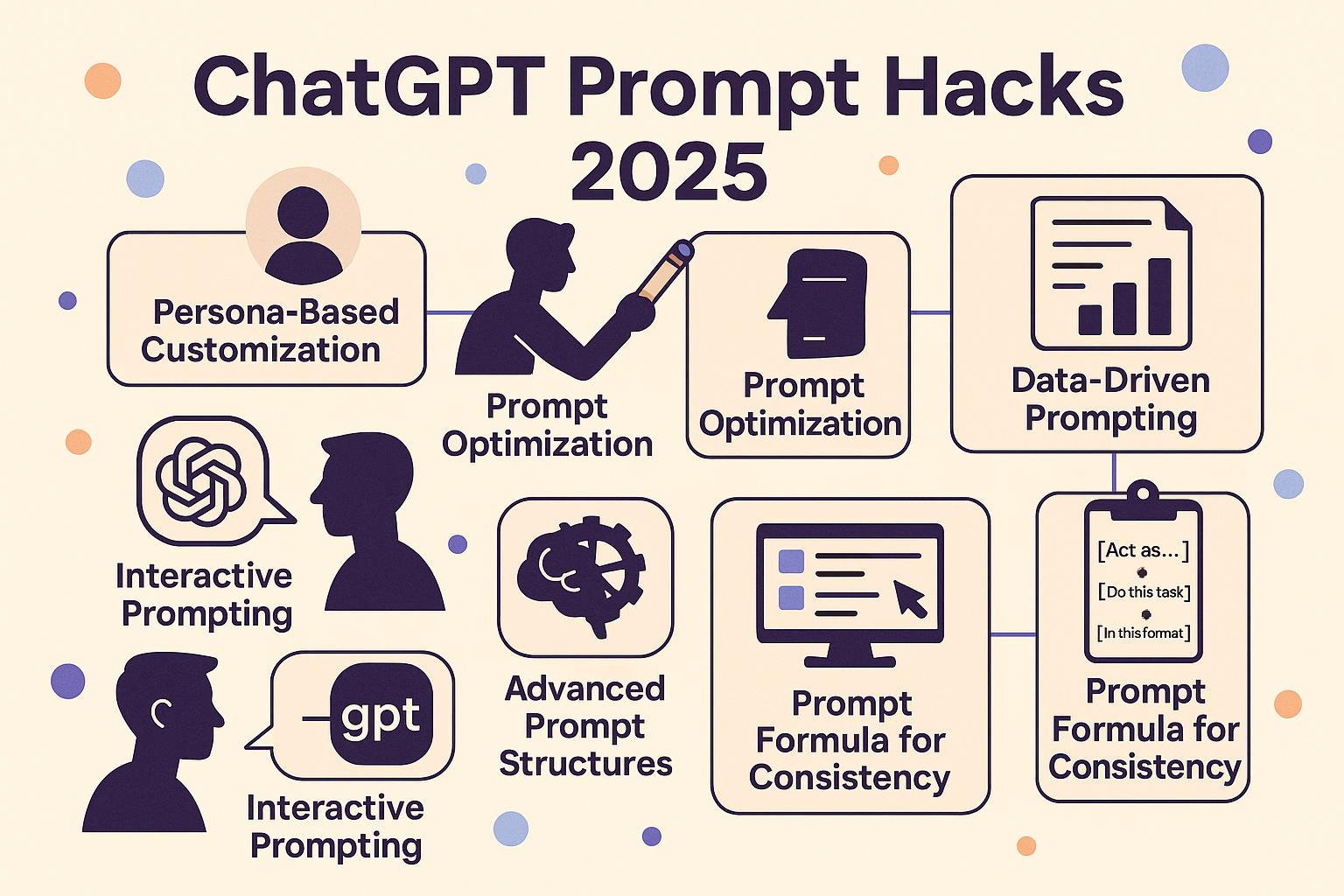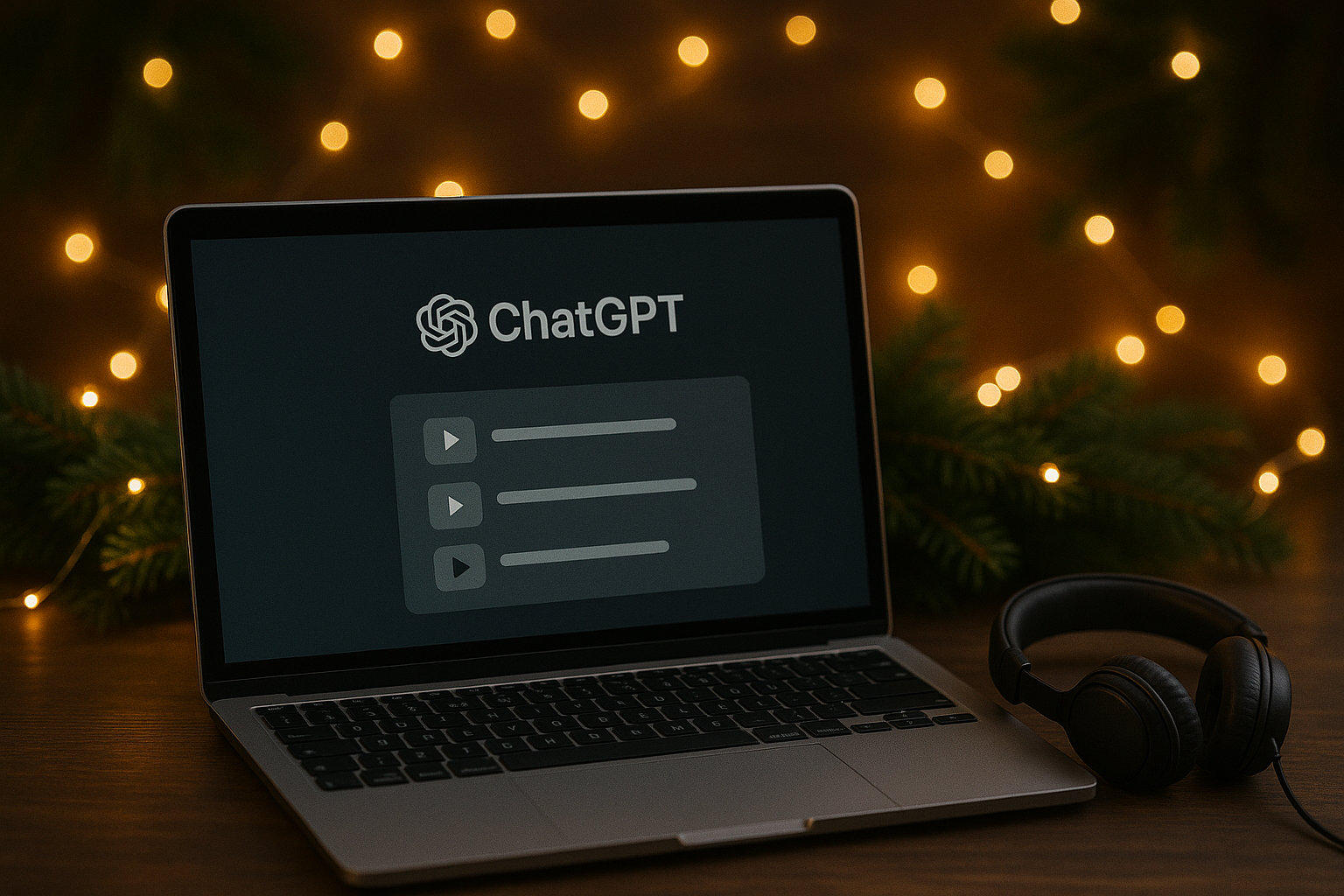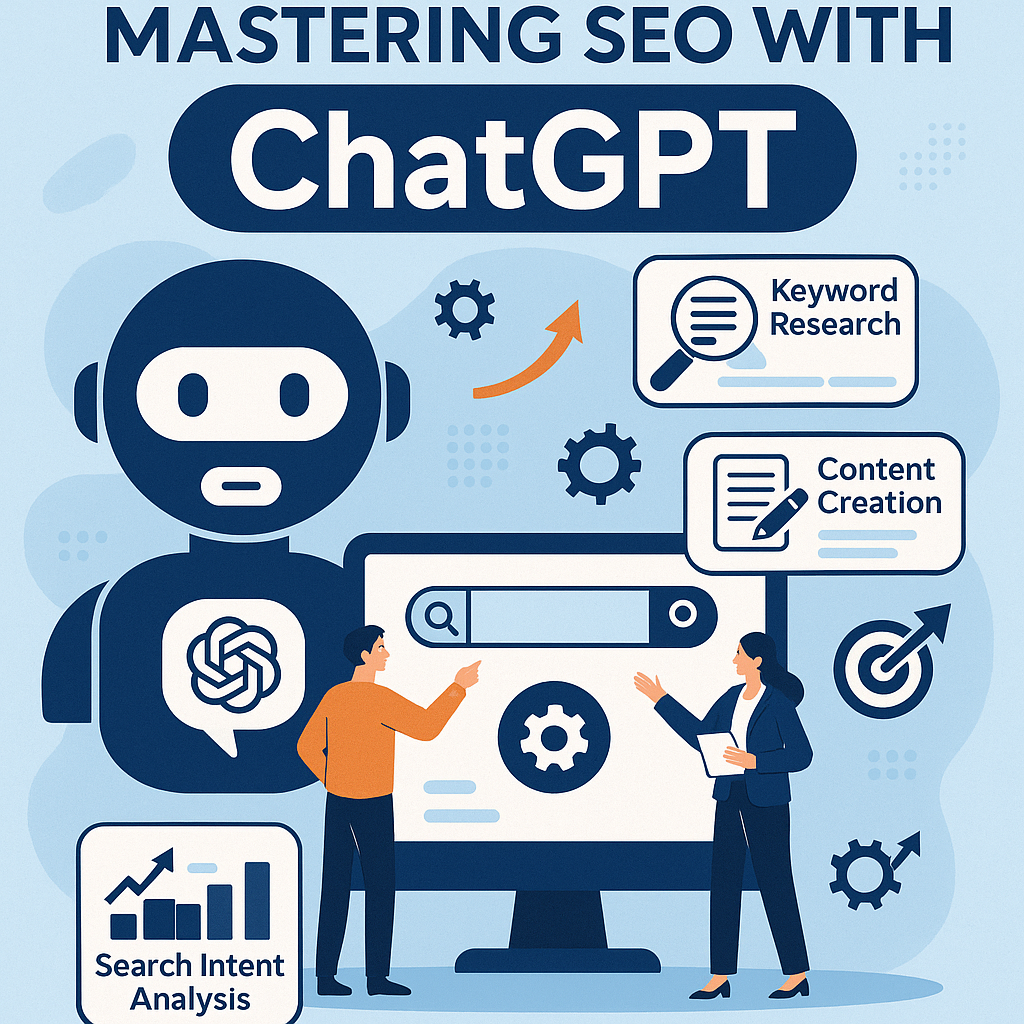Mastering ChatGPT in 2025: The most powerful prompt engineering hacks revealed
Latest insights and hacks in ChatGPT prompting (2025)
The art of prompt engineering continues to evolve—and in 2025, it's not just about getting answers from ChatGPT, it's about getting the right answers in the most effective way. Whether you’re a content creator, strategist, coach, or CX leader, mastering these cutting-edge techniques will boost your productivity, quality, and creativity. (continu below illustration)

1. Persona-based prompting: aligning AI with your role Assigning a role or persona to ChatGPT (e.g., "Act as a CX architect," "Act as a UX researcher") dramatically improves relevance and clarity. This method helps the AI adapt to professional context and tone, producing insights that mirror real-world expertise.
Example:
Act as a customer experience consultant. Analyze this customer complaint and propose three actionable improvements.
2. Meta-prompting: prompt optimization through ChatGPT itself Use ChatGPT to rewrite your own prompts. Ask it to improve clarity, add specificity, or tailor it to a particular audience. This recursive process—"meta-prompting"—is a hidden gem for higher quality results.
Example:
I want you to act as a prompt optimization expert. Here’s my prompt: [insert prompt]. Create three refined versions, explain your choices, and provide a final best version.
3. Context is king: add specificity and constraints Prompt quality correlates with the context you provide. Mention the audience, tone, medium, examples, and what to avoid (like clichés or buzzwords). This ensures sharper alignment.
Example:
Write a LinkedIn post for CX leaders on the benefits of holacracy. Use a conversational tone, three real-world examples, and end with a clear call to action.
4. Data-driven prompting: feed facts, get insights When accuracy matters, embed real data in your prompt. This leads to outputs grounded in your context rather than generic assumptions.
Example:
Using these statistics [insert data], write a market analysis summary for the Dutch telecom sector.
5. Interactive and iterative prompting: treat it like a conversation Don’t stop after the first reply. Ask follow-ups, refine your request, or invite the AI to reconsider based on previous context. It mimics the back-and-forth of true collaboration.
Example:
Re-read my previous prompt and turn it into a detailed action plan, step by step.
6. Chain of Thought and structured thinking Ask ChatGPT to “think step by step” or “explain your reasoning.” This triggers better logical structure and more robust outputs, especially for complex topics.
Example:
Think step by step and outline a five-phase digital transformation roadmap for a midsize SaaS company.
7. Use output templates for ready-to-go results Want a table, checklist, email, or bullet list? Say it. Structure matters—and formatting your request gives you instantly usable responses.
Example:
Create a weekly planning checklist. Present it as a markdown table.
8. Smart use of autosuggestions In 2025, ChatGPT's autosuggestions are your co-pilot. They reflect your conversation history, offer trending prompts, and guide your next move—reducing decision fatigue and enhancing ideation.
Hack:
Use autosuggestions as real-time research companions or idea boosters when you're stuck or overwhelmed.
9. The magic formula for consistent results Use this prompt formula for clarity and consistency:
[Act as] + [Task] + [Format]
Example:
Act as a productivity coach. Generate a weekly habit tracker. Output it as a table.
This is especially powerful in team workflows, automation scripts, or training models.
10. Monetization and thought leadership hacks Use ChatGPT to develop longform content, whitepapers, or structured outlines that solve real problems. This boosts authority, generates leads, and in many cases—direct income.
Example Outline:
- Introduction (define topic and why it matters)
- Current trends and data
- Key challenges and strategic responses
- 2–3 case studies or examples
- Future outlook
- Summary checklist or roadmap
Summary table: key techniques and when to use them
TechniqueWhat It DoesExample Use CasePersona-based promptingAligns output with professional roles"Act as a CX architect..."Meta-promptingRefines your own prompts via AI"Improve this prompt for tone and clarity..."Contextual promptingIncreases relevance and focus"Write for CX leaders, avoid jargon..."Data-embedded promptingGrounds output in real-world facts"Using this data, analyze market trends..."Iterative promptingDeepens insight via follow-ups"Re-read and revise with step-by-step detail..."Chain of ThoughtTriggers better reasoning structure"Think step by step..."Output templatesEnsures ready-to-use formats"Present as a checklist or table..."AutosuggestionsBoosts discovery and real-time ideation"Use AI-suggested follow-ups..."
Final tips for 2025
- Test and refine: Prompting is a skill. Great outputs come from iteration.
- Set constraints: Be explicit about what to avoid to steer output quality.
- Show, don’t tell: Add example outputs or reference formats.
- Stay updated: Keep an eye on new features like memory, plug-ins, or voice input.
When used with intention and creativity, ChatGPT becomes more than a chatbot—it becomes your ideation partner, your strategist, and your productivity multiplier.
Want more like this?
Explore
ChatGPT Prompts Hub for ready-to-use templates, AI hacks, and inspiration to work smarter—not harder.



